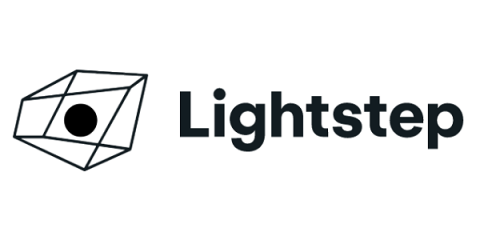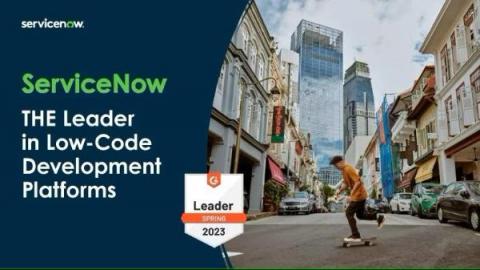How to optimize cloud operations in Microsoft Azure
ServiceNow has embraced a three-zero strategy for its digital technology operations: zero unplanned outages, zero physical footprints, and zero user-reported incidents. We adopted a cloud-first policy as part of our zero-physical-footprint strategy. This approach delivers the operational agility we need as a growing company—we can add capacity on demand. With a data-center approach, that would take weeks or months.




